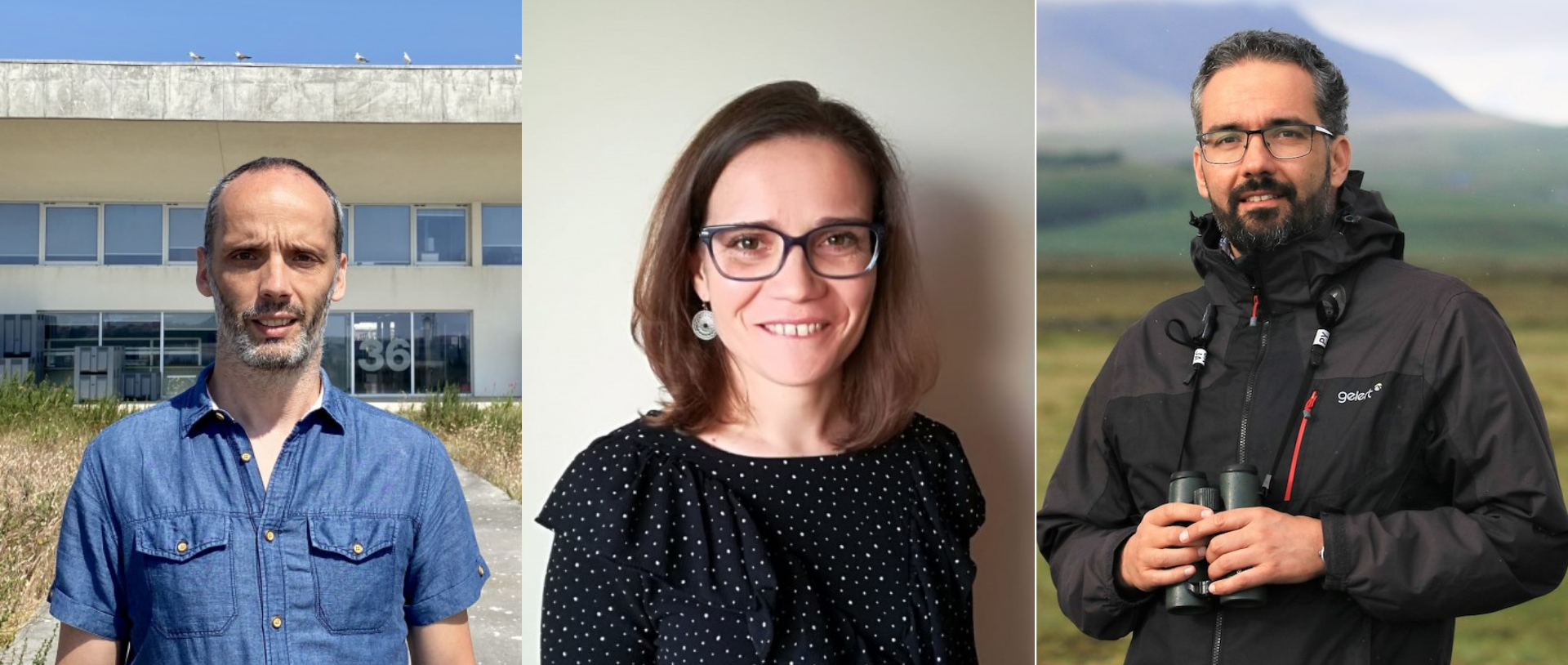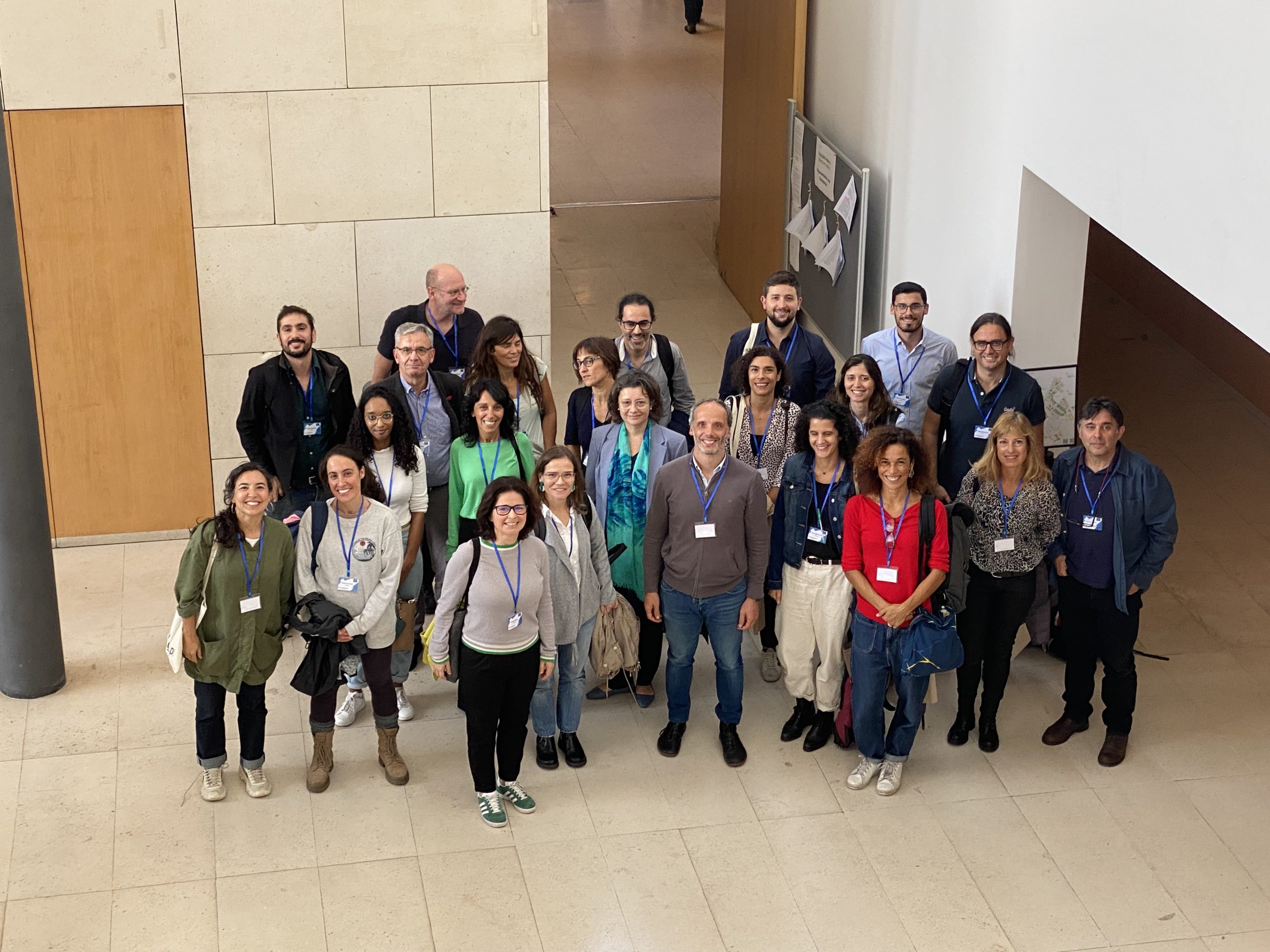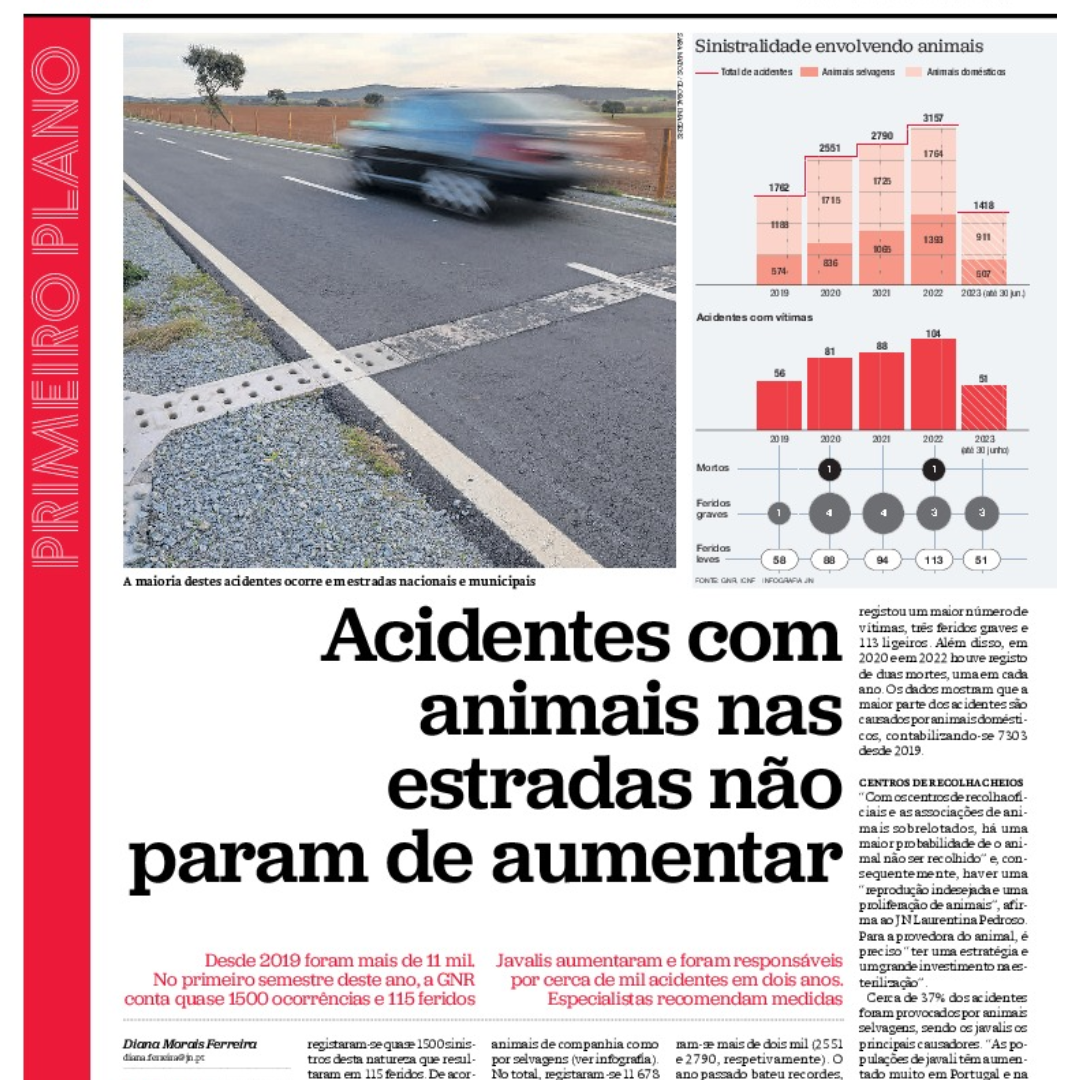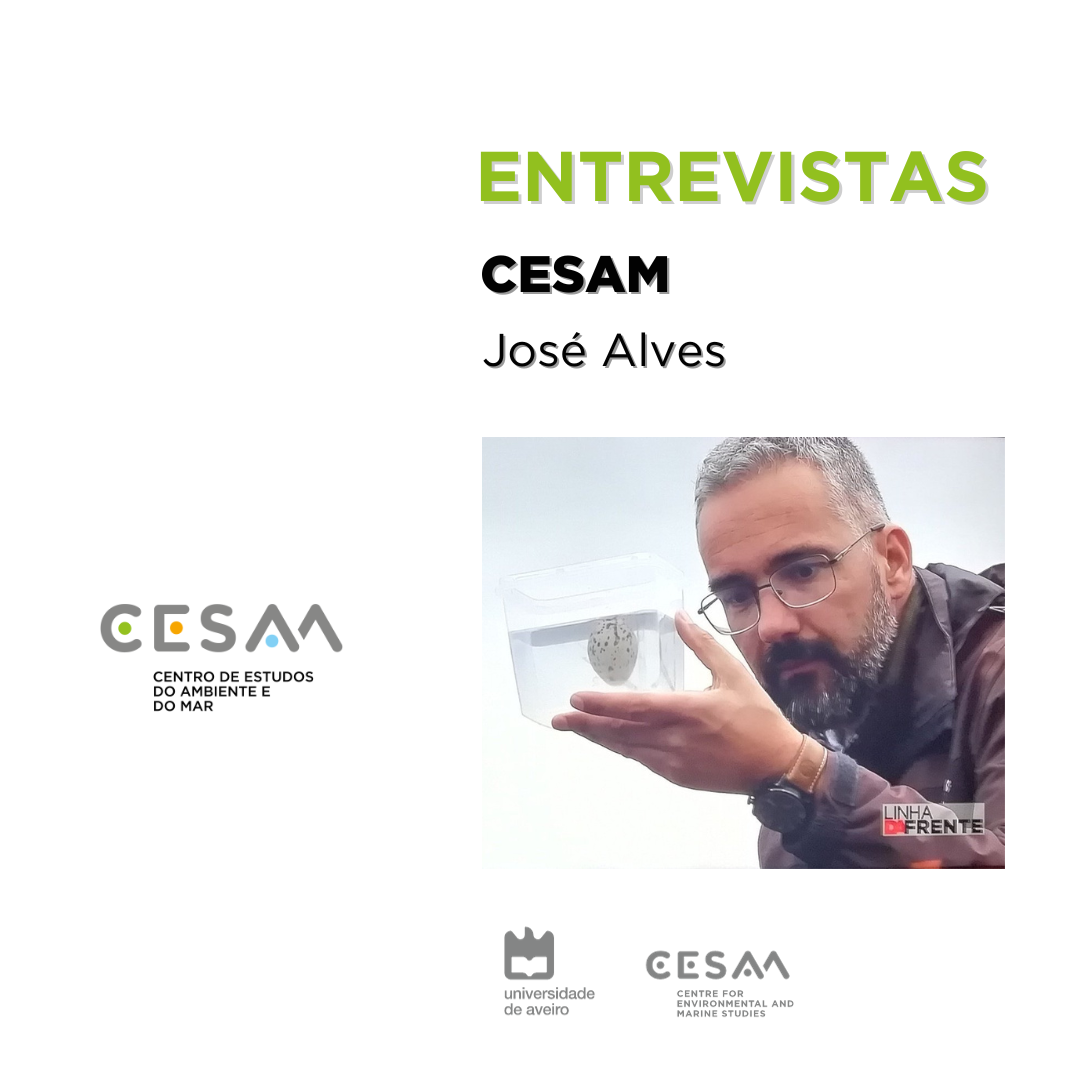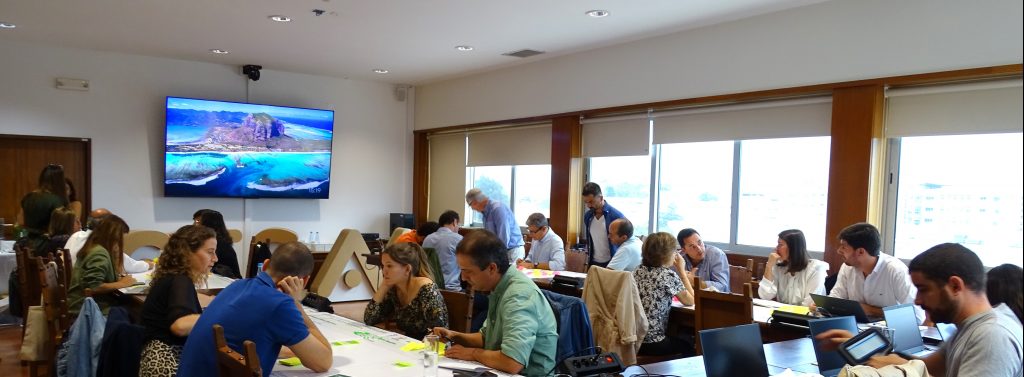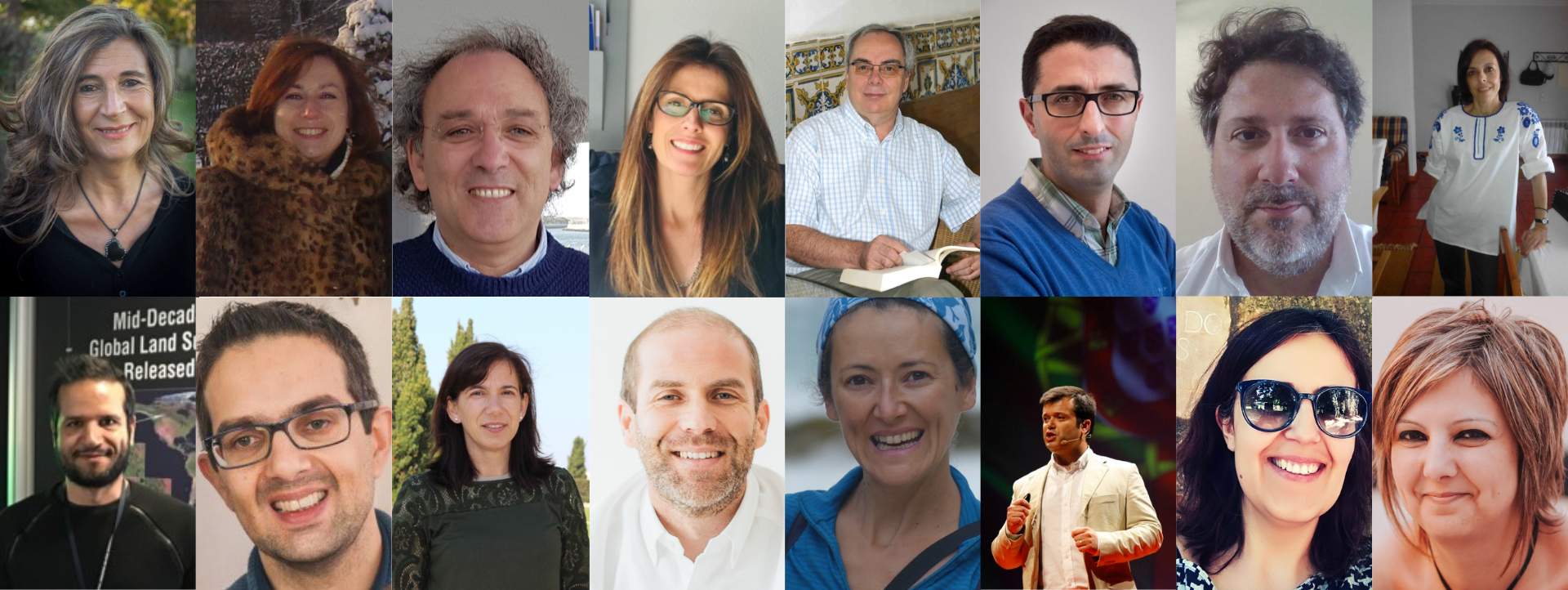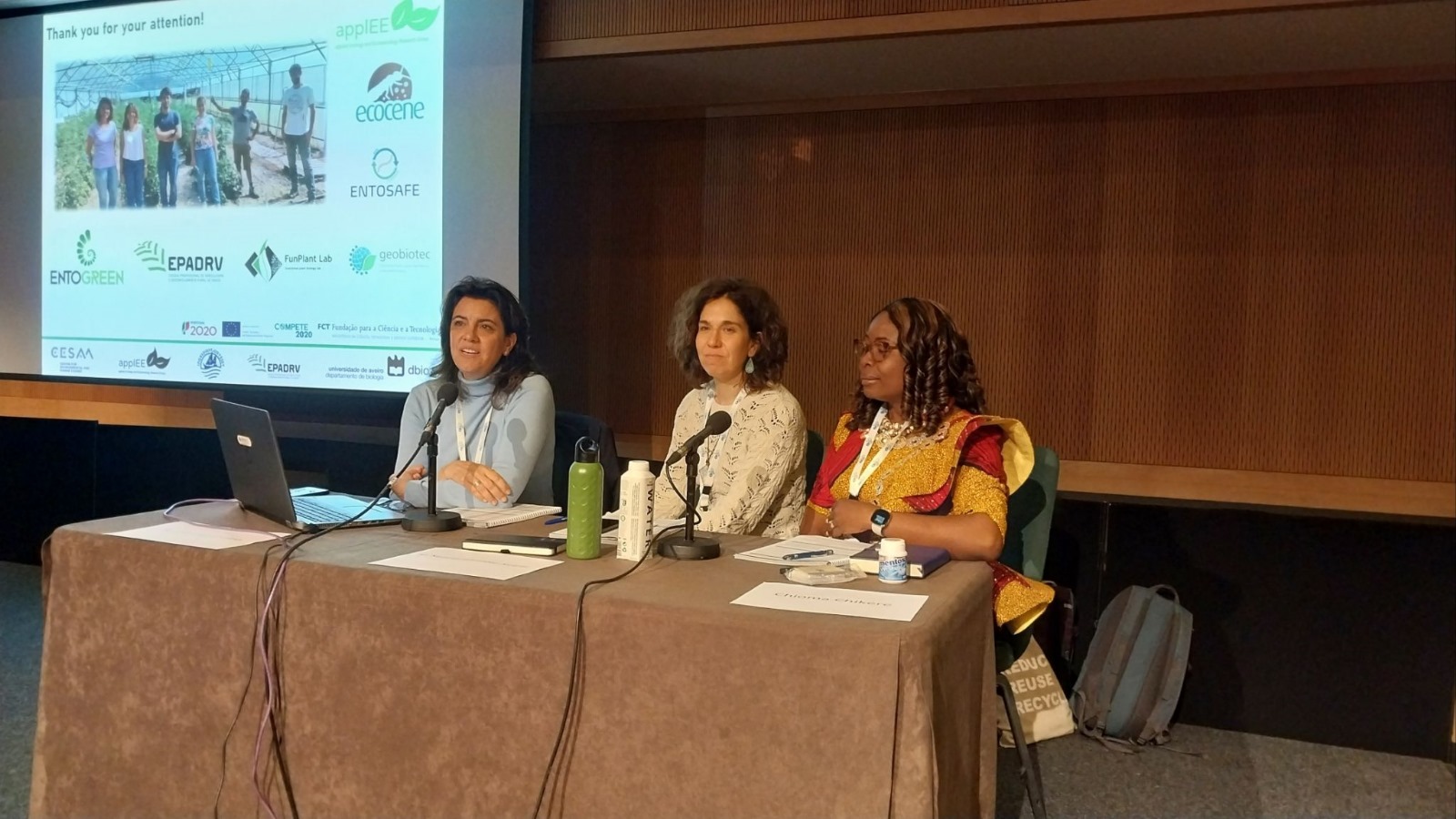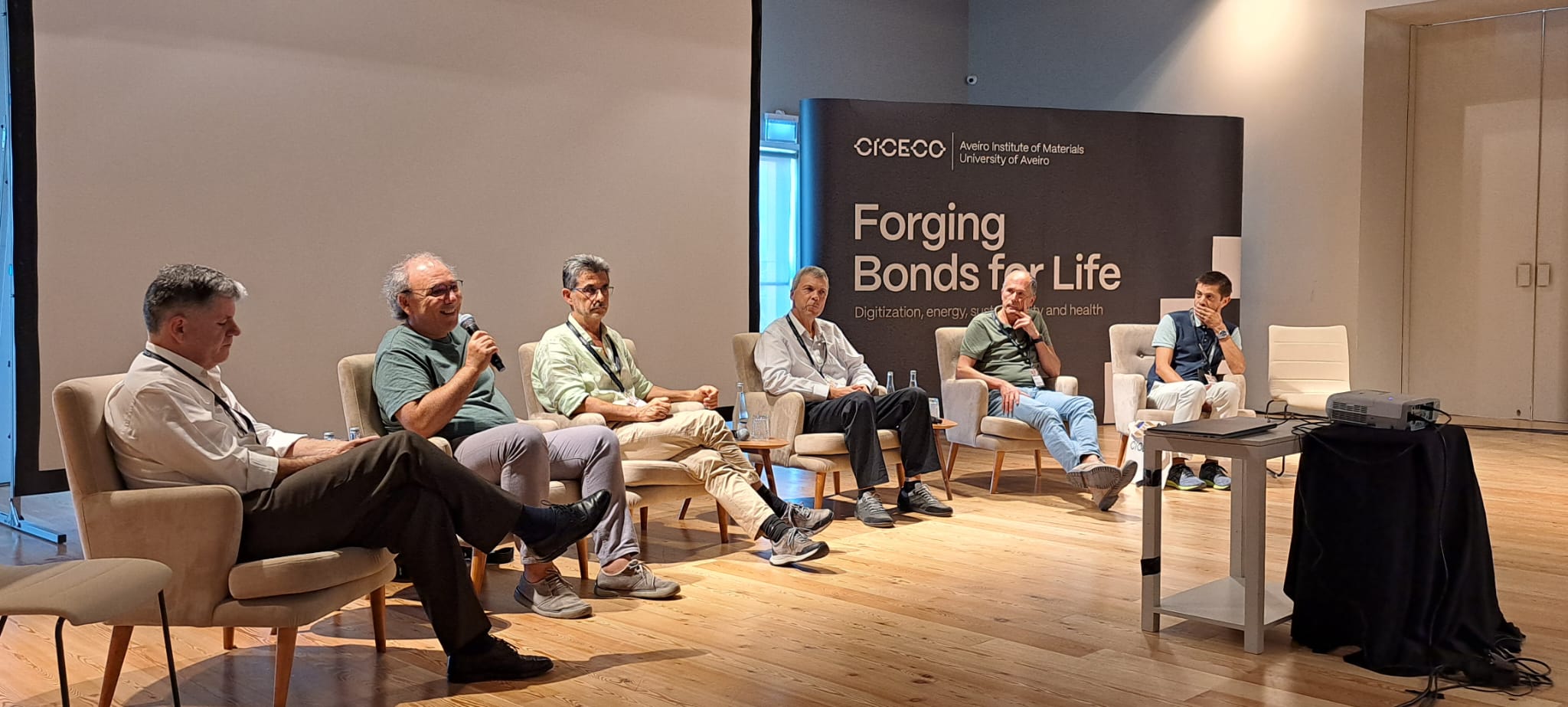This week, we interviewed researcher José Alves, a member of CESAM (Center for Environmental and Marine Studies) and the Department of Biology at the University of Aveiro. In an informal conversation, we aimed to discover more about his journey while participating in the RTP1 program, “Linha da Frente.” We uncovered the secrets of how he and his team managed to balance the demands of their fieldwork with the filming process. We also explored the researcher’s perspective on the relevance of such programs that bring science to the general public.
The episode of the “Linha da Frente” program, titled “Vou Voar Contigo,” premiered with an audience of around 600,000 viewers in its first broadcast, capturing a 11.7% share. Furthermore, the episode was broadcast on various RTP channels, including RTP Internacional and RTP Açores.
If you want to learn more about the work of this team and get a firsthand look at some details about the filming of this episode, don’t miss our interview.
CESAM: Do you believe that the messages you intended to convey about research work with these species were effectively communicated in the report? Is there anything you would add?
José Alves: The main goal of the report was to convey our findings to the general public, and I believe that was achieved extensively. From the migration of several thousand kilometers without stopping by the sanderling1,2 to oystercatchers that can spend the winter in Iceland or migrate to other southern countries, with their chicks following their father’s migratory behavior3, and to the black-tailed godwits that respond to climate change by arriving in Iceland earlier each year, but this is done through new generations and not by changing the migratory rhythms of each individual4. We have more stories and discoveries to share, but I’d prefer to save those for the next “report.” I’ll emphasize one of the messages with which the report begins: if we don’t take care of these species that are currently in decline, we risk losing biodiversity that unites cultures. These birds depend not only on the conditions in Iceland but also on what they find in their wintering areas, including Portugal. Therefore, their preservation must be based on collaborative efforts; in other words, Iceland can invest millions in their conservation, but if we don’t care for their habitats in Portugal, that investment won’t yield results (and vice versa), potentially leading to the loss of cultural connections maintained by these migratory birds.
CESAM: How did you manage to balance fieldwork with the needs of the filming team?
José Alves: The RTP team spent about 10 days in Iceland, and during that time, they were in the field every day, following our work, which, in addition to me, was carried out this summer by João Belo, Afonso Rocha, and Camilo Carneiro. Since we knew that we would have to dedicate several hours to filming during those days, we invested heavily in the fieldwork before their arrival and prepared the events we wanted to show and film, which would support the narrative of our scientific results. For example, we found and monitored nests/families of the three species at different stages of development: in full incubation, near hatching, and with older chicks. It may sound like a small thing, but to give you an idea, black-tailed godwit nests are extremely difficult to find, and in a good year, you might find about 20 over two months of daily fieldwork. Some of these nests are inevitably predated, leaving an even smaller number available, so this year required a doubled effort, led by Afonso and João, focused on the species. This resulted in an exceptionally high number of nests. This allowed us to film adults sitting on eggs (and some being captured), eggs hatching, and newly hatched chicks, as well as chicks that can be marked with color or code rings, respectively. This is clearly visible in the case of the oystercatcher, where all these images made it into the final report, even though it was not the case for the other species. On the other hand, since our fieldwork takes place in different locations in Iceland, we alternated between locations and species on different days, with only one day where all four of us were together. On other days, RTP accompanied the work with one species, leaving other members of our team free to carry out fieldwork without the cameras and microphones “getting in the way.”
CESAM: To what extent do you consider initiatives like this important? At the end of the episode, you called on the public to participate in your research. What expectations do you have regarding this participation?
José Alves: These opportunities are extremely important! In addition to the reasons already mentioned, they also help the general public understand why it is important to invest in research and allocate public funds to the study of biodiversity. One of the pillars of universities (in addition to teaching and research) is to interact with society and contribute to making it more informed and knowledgeable about the world around it. In this regard, delivering the results of scientific work to the public is part of our mission as researchers. In my view, this is even more relevant when it comes to the loss of biodiversity, which is consistently one of the most exceeded indicators in all three assessments of the safe operating space for humanity5. The greatest factors leading to biodiversity loss are of human origin, either directly (habitat loss due to anthropogenic activities) or indirectly (climate change resulting from the use of fossil fuels). Therefore, raising awareness in society that these absolutely fascinating species are declining and could disappear may contribute to changing behaviors and thus reducing current threats to biodiversity. On the other hand, extending an invitation to society to become “citizen scientists” also brings the public closer to these species and can help change perceptions. The expectation is that this participation will increase, particularly in Portugal, where it is very low, and thus become a significant percentage of the hundreds of emails we receive with records of color ring combinations in various species of wader birds, sent by the public along the entire migratory route.
CESAM: Thank you very much for your participation in this interview. The work carried out by you and your CESAM team demonstrates how science and outreach can collaborate to preserve our biodiversity.
If you haven’t seen it yet, the program is available on RTP Play here.
References:
- https://www.nature.com/articles/srep38154
- https://onlinelibrary.wiley.com/doi/abs/10.1111/jav.01938
- https://www.nature.com/articles/s41598-021-81274-9
- https://royalsocietypublishing.org/doi/10.1098/rspb.2013.2161
- https://expresso.pt/sustentabilidade/ambiente/2023-09-13-A-Terra-esta-agora-bem-fora-do-espaco-operacional-seguro-para-a-humanidade-planeta-ultrapassou-seis-dos-nove-limites-de-estabilidade-309dc4da
